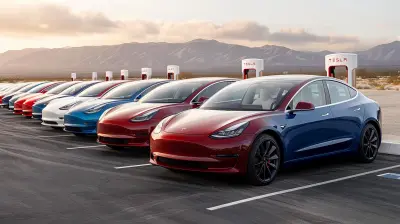The Advancements of Ion Propulsion for Long-Distance Space Missions
10 September 2025
Space travel has always been a fascinating concept, hasn’t it? I mean, who hasn’t dreamt of soaring through the stars, exploring new planets, or even encountering extraterrestrial life? But here's the thing—space is vast. Like, really, really vast. That’s why long-distance space missions have always presented a unique set of challenges. One of the biggest hurdles? Finding a propulsion system that can take us to distant worlds efficiently without running out of fuel halfway there.
Enter ion propulsion. This technology may sound like something out of a sci-fi movie, but it’s real, it’s here, and it's revolutionizing the way we think about space exploration. In this article, we’ll dive deep into the advancements of ion propulsion, why it's so promising for long-distance space travel, and how it could change the future of space exploration as we know it.
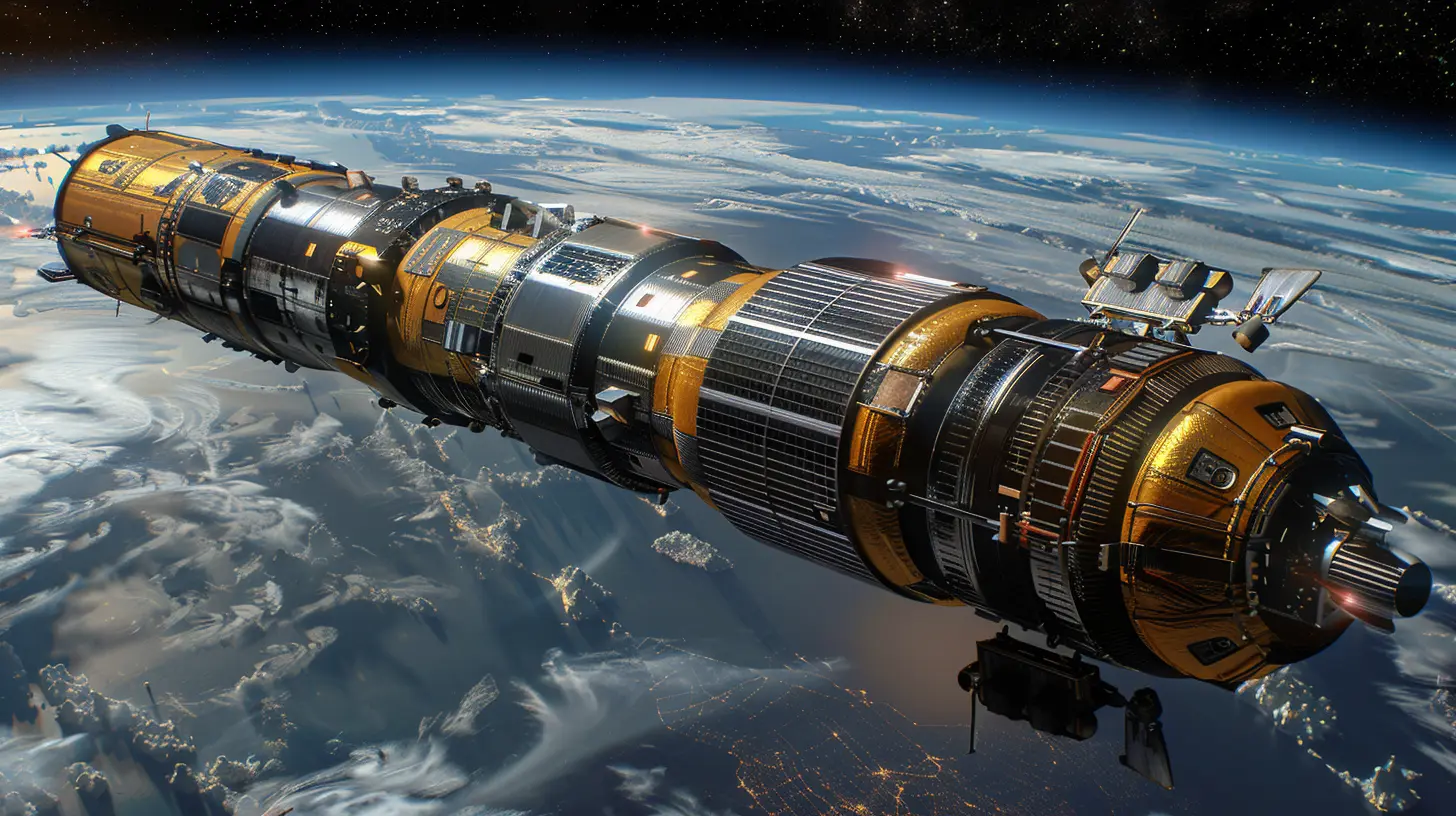
What is Ion Propulsion?
Before we get into the nitty-gritty of how ion propulsion is advancing, let’s start with the basics: what exactly is ion propulsion?At its core, ion propulsion is a type of electric propulsion that uses, you guessed it, ions—charged particles—to create thrust. Unlike traditional chemical rockets, which rely on the explosive force of burning fuel, ion propulsion systems use electricity to ionize a propellant (usually xenon gas) and then accelerate those ions through an electric field to produce thrust.
In simpler terms, it’s like giving molecules a little electric zap and then shooting them out the back of a spacecraft. It might not sound like much, but the key here is efficiency. Ion propulsion thrusters use far less fuel than traditional rockets, making them ideal for long-duration missions where conserving fuel is crucial.
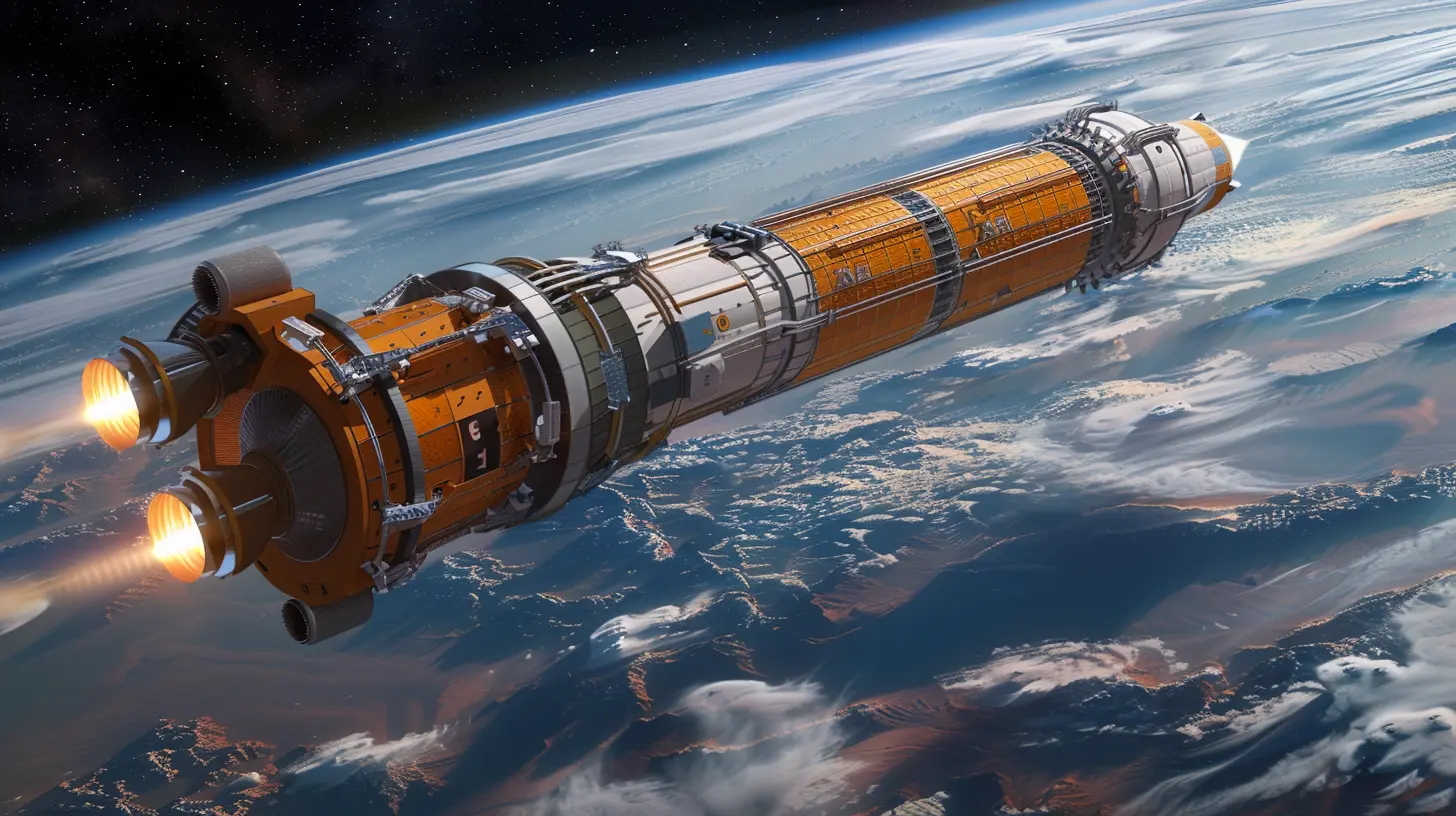
Why Ion Propulsion Matters for Long-Distance Space Missions
Now, I know what you’re thinking—if ion propulsion is so efficient, why haven’t we been using it for decades? Well, we have. In fact, ion propulsion technology has been around since the 1960s, but it’s only in recent years that we’ve seen significant advancements that make it a viable option for deep space missions.So why is ion propulsion such a game-changer for long-distance space travel?
Efficiency Over Power
Let’s compare traditional chemical rockets to ion propulsion. Chemical rockets are like race cars—they provide a huge burst of power, but they burn through their fuel incredibly quickly. This makes them great for short trips, like launching spacecraft into orbit or sending astronauts to the moon. But for long-distance missions, chemical rockets just aren’t practical. They need too much fuel, and the weight of that fuel limits how far they can travel.Ion propulsion, on the other hand, is more like a fuel-efficient car. It doesn’t provide as much initial thrust, but it can keep going for much longer on much less fuel. This makes it perfect for missions to distant planets, where slow and steady wins the race. The low thrust of ion propulsion systems might seem like a drawback, but in the vacuum of space, even a small amount of thrust can build up over time to achieve incredible speeds.
Extended Mission Durations
Because ion propulsion is so efficient, spacecraft equipped with ion thrusters can stay operational for much longer than those using chemical propulsion. For example, NASA’s Dawn spacecraft, which used ion propulsion to explore the asteroid belt, was able to remain in operation for over 11 years—far longer than most traditional spacecraft.This extended operational capability is crucial for long-distance missions, where it might take years (or even decades) to reach the target destination. Imagine trying to drive across the country with only one tank of gas. You wouldn’t get very far, right? But with ion propulsion, spacecraft can travel vast distances while using only a fraction of the fuel required by chemical rockets.
Flexibility in Mission Planning
Another advantage of ion propulsion is its flexibility. Traditional rockets are essentially “all or nothing”—once you’ve launched, you’re committed to a specific trajectory and speed. If something goes wrong, there’s not much you can do to course-correct without burning through more fuel.Ion propulsion, by contrast, allows for much more precise control over a spacecraft’s speed and direction. Because ion thrusters can be turned on and off relatively easily, they allow mission planners to make adjustments during the flight. This flexibility opens up new possibilities for exploration, such as visiting multiple destinations within a single mission.
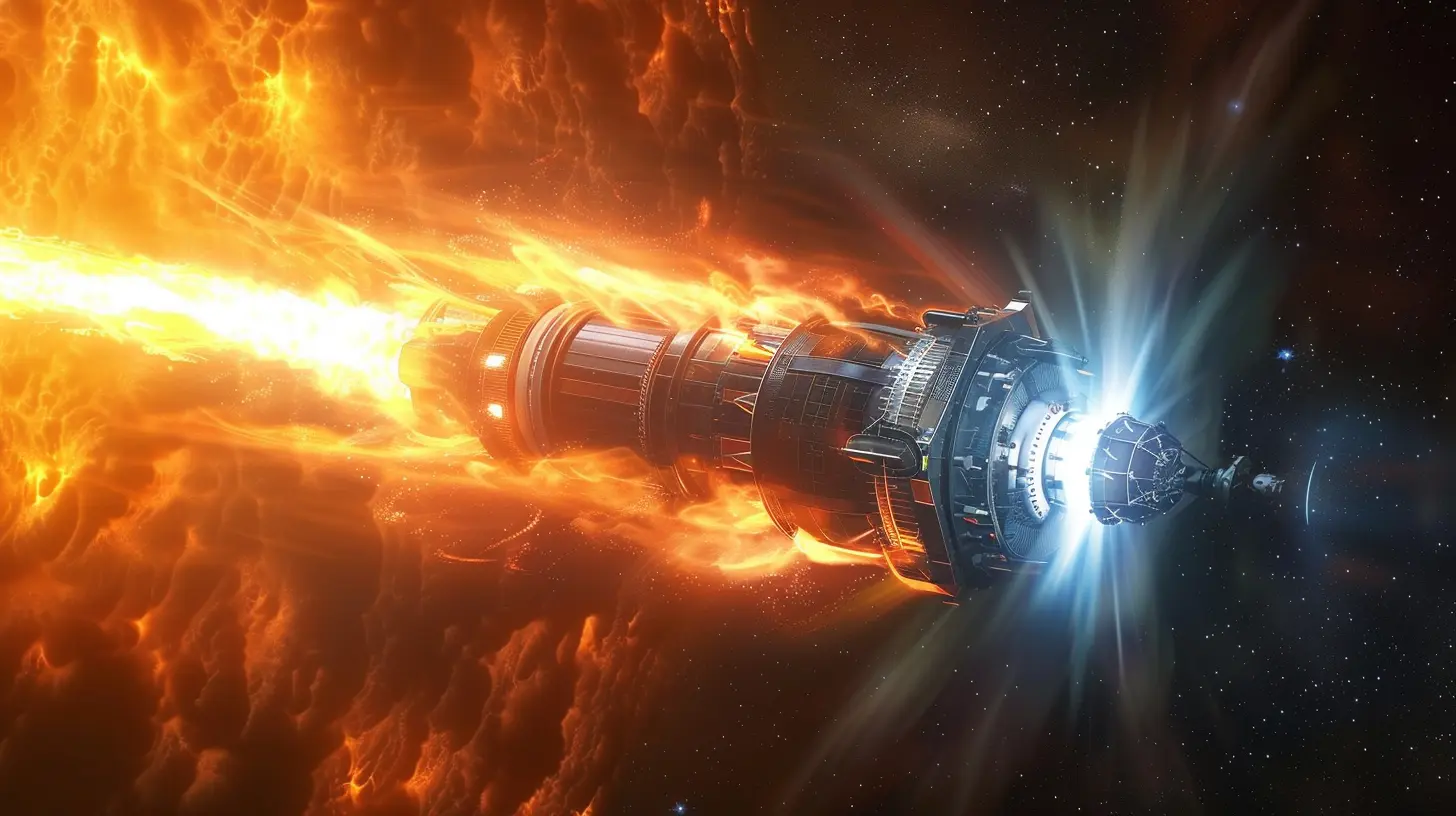
The Latest Advancements in Ion Propulsion Technology
Alright, so now that we know why ion propulsion is so important for long-distance space missions, let’s talk about the exciting advancements that are pushing this technology forward. Recent years have seen some major breakthroughs that are making ion propulsion more powerful, efficient, and reliable than ever before.Hall Effect Thrusters
One of the most promising advancements in ion propulsion is the development of Hall Effect thrusters. Unlike traditional ion thrusters, which use a grid to accelerate ions, Hall Effect thrusters use a magnetic field to trap electrons in a circular path. These electrons then ionize the propellant, and the resulting ions are accelerated out of the thruster to produce thrust.The big advantage of Hall Effect thrusters is that they can generate more thrust than traditional ion thrusters, making them more suitable for larger spacecraft and more ambitious missions. In fact, NASA has already begun testing Hall Effect thrusters for use in future deep space missions, including their Artemis program, which aims to return humans to the moon and eventually send astronauts to Mars.
Solar Electric Propulsion (SEP)
Another exciting advancement is the integration of ion propulsion with solar electric propulsion (SEP). In SEP systems, solar panels are used to generate electricity, which powers the ion thrusters. This is a huge step forward because it allows spacecraft to harness the power of the sun to keep their engines running, dramatically extending the potential range and duration of missions.NASA’s Psyche mission, set to launch in 2023, will use SEP to explore a metal-rich asteroid in the outer asteroid belt. By using solar power to fuel its ion thrusters, the Psyche spacecraft will be able to travel much farther than would be possible with chemical propulsion alone.
Improved Propellant Efficiency
Recent research has also focused on improving the efficiency of the propellants used in ion propulsion systems. Xenon is the most commonly used propellant because it’s easy to ionize and doesn’t react with the spacecraft’s components. However, xenon is expensive and relatively rare.Scientists are exploring alternative propellants, such as krypton, which is more abundant and cheaper than xenon. While krypton isn’t quite as efficient as xenon, advancements in thruster design are helping to close the gap. By finding ways to use cheaper and more readily available propellants, researchers hope to make ion propulsion even more cost-effective and scalable for future missions.
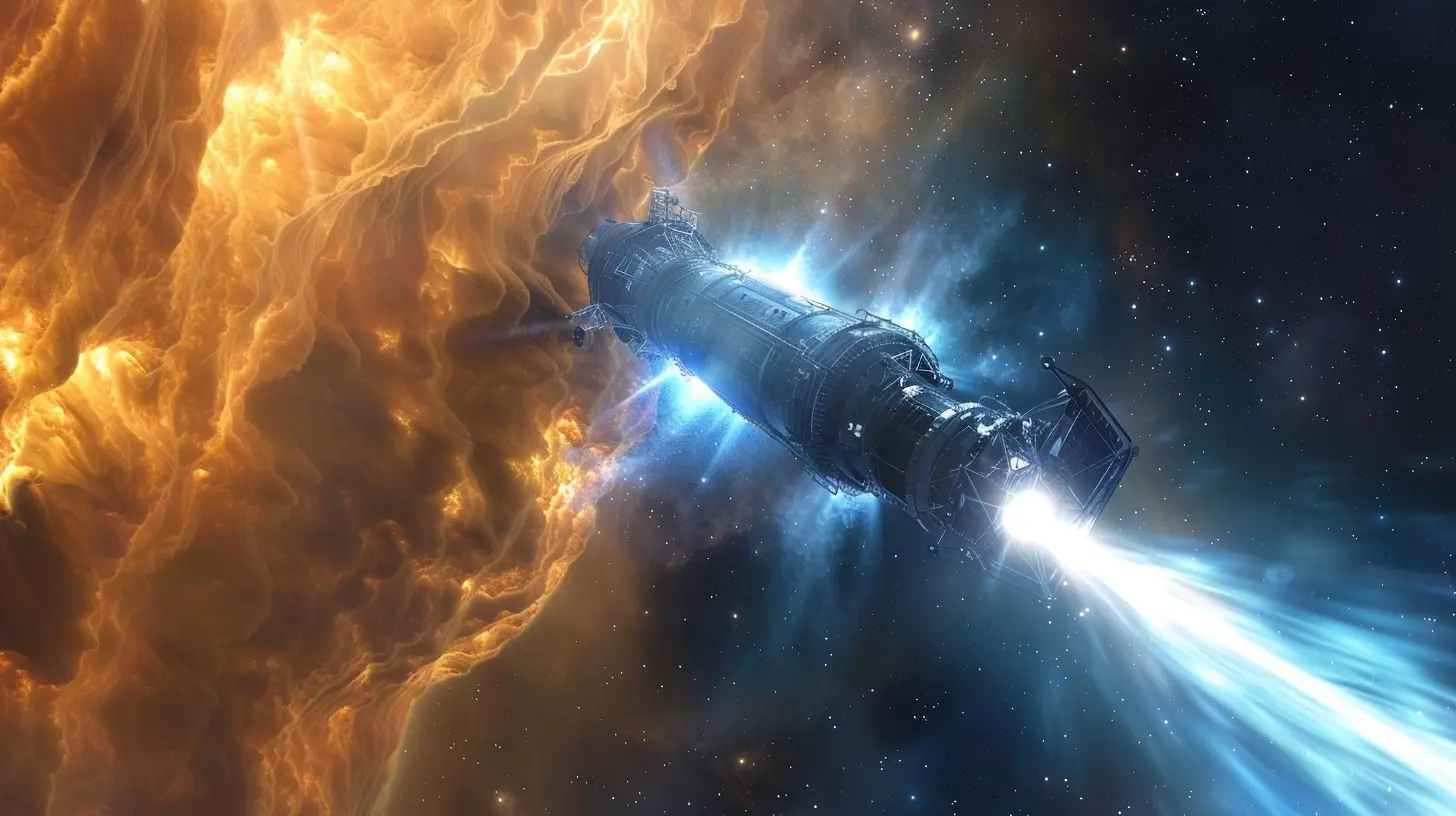
The Future of Ion Propulsion and Space Exploration
So, where does ion propulsion go from here? The answer is simple: farther than ever before.As we continue to push the boundaries of space exploration, ion propulsion will play a critical role in enabling missions to destinations that are currently out of reach. Whether it’s sending unmanned probes to explore the outer planets, establishing permanent human colonies on Mars, or even venturing beyond our solar system, ion propulsion provides the key to unlocking the full potential of space travel.
Mars and Beyond
One of the most exciting prospects for ion propulsion is its potential to carry humans to Mars. While chemical rockets can get us to the Red Planet, they would require a huge amount of fuel, which would be both expensive and logistically challenging to transport. Ion propulsion, with its superior fuel efficiency, offers a more practical solution for manned missions to Mars and beyond.Interstellar Exploration
Looking even further into the future, ion propulsion could one day be used for interstellar missions. While we’re still a long way from sending spacecraft to other star systems, the efficiency of ion propulsion makes it one of the most promising technologies for these incredibly long journeys. By continuously accelerating over many years, spacecraft equipped with ion thrusters could eventually reach speeds that would allow them to explore distant stars and exoplanets.Conclusion
Ion propulsion is no longer just a futuristic concept—it’s a reality that’s already shaping the future of space exploration. From its incredible efficiency to its flexibility in mission planning, ion propulsion offers a new way of thinking about how we explore the cosmos. With advancements in thruster technology, solar electric propulsion, and propellant efficiency, we’re closer than ever to achieving long-distance space missions that were once thought impossible.As we look to the stars and dream of exploring new worlds, ion propulsion will undoubtedly be a key player in making those dreams a reality. Who knows? Maybe one day, thanks to ion propulsion, we’ll be able to reach distant planets, moons, and even other star systems. The sky—or rather, the universe—is the limit.
all images in this post were generated using AI tools
Category:
Space TechnologyAuthor:

Ugo Coleman
Discussion
rate this article
1 comments
Zealot Luna
Ion propulsion's efficiency could redefine interstellar travel, but challenges in power remain substantial.
September 10, 2025 at 5:04 AM

Ugo Coleman
Thank you for your comment! Indeed, while ion propulsion offers remarkable efficiency, addressing power challenges is crucial for realizing its full potential in interstellar travel.
